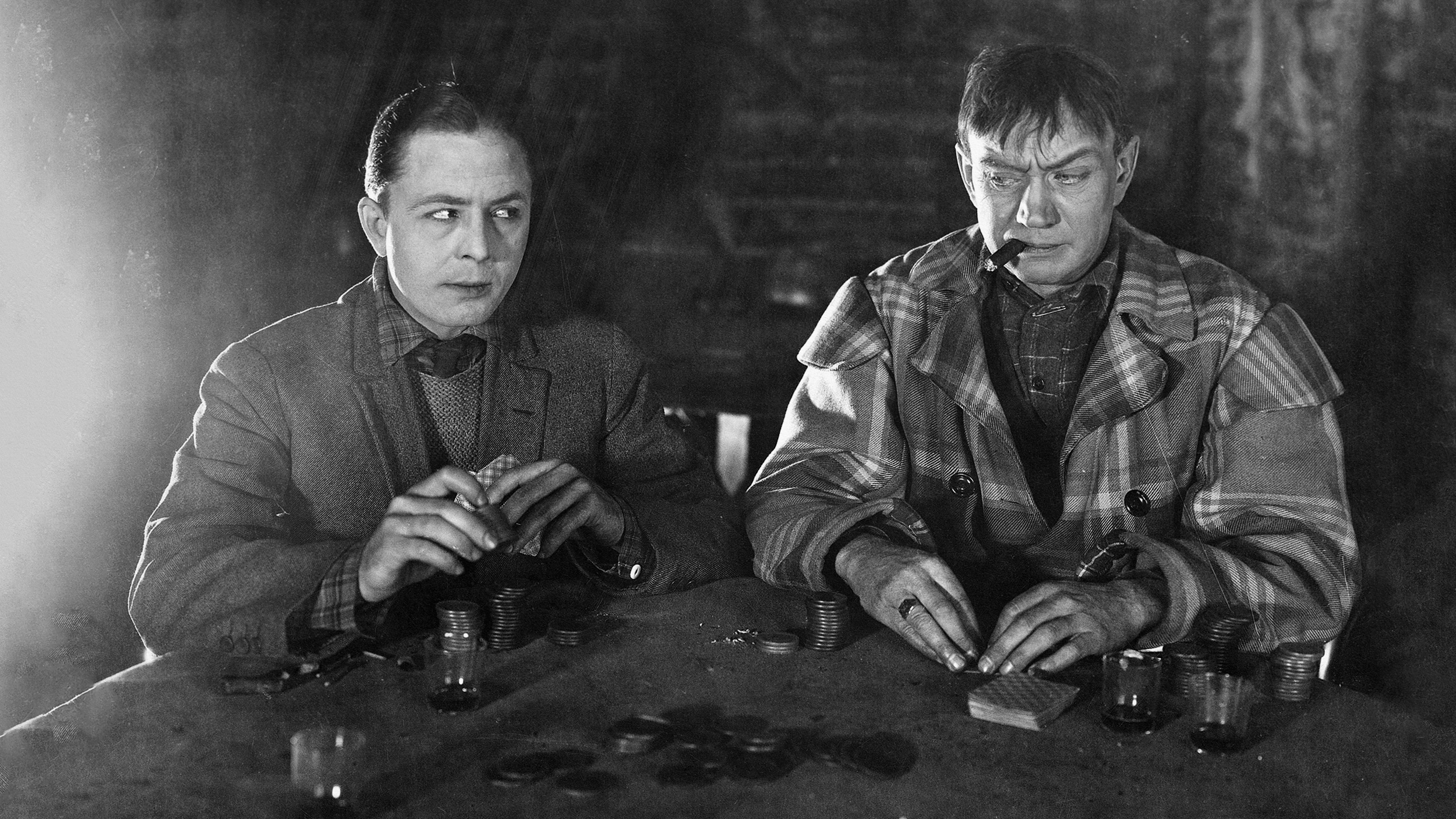It Takes Experience for Dogs to Learn Who the Good People Are

Many of us consider it a point of pride when a dog checks us out and decides we’re a good person to be with. Dogs know these things. But how? Is it instinct or something else? A study just published in PLOSOne suggests it is indeed something else: Exposure to humans, good or bad. Researchers studied how a dog comes to view a person as generous or not, one measure of being nice.
The Participants
There were three groups of canines involved:
- Group FD (family dog) — consisted of adult 13 dogs who’d lived with human families as pets for at least a year. There were 11 females and 2 males, with a mean age of 4.53 years old. 11 of the dogs had been spayed. All of these dogs were accustomed to warm relationships with their family members.
- Group SHD (shelter dog) — was made up of 19 neutered dogs from the Soplo de Vida shelter in Merlo, Argentina. There were 10 females and 9 males at an average age of 5.14 years old. The assumption was that these dogs, though living for at least a year in a well-run shelter, had likely had more of a mixed experience with humans, some of it being good, and some of it less so.

Life seems to be really ruff at Soplo de Vida. (SOPLO DE VIDA)
- Group PUP — 15 puppies (of different breeds) were in this group, with an average age of 50.73 days. There were 5 females and 10 males. All of them had lived with families since they were born.
Three people were involved in conducting experiments with each dog, and genders were alternated to balance out any effect a person’s sex might have on a dog:
- a handler
- a generous (G) experimenter — who signaled the presence of a bowl of food and let the dog eat it.
- a selfish (S) experimenter — who signaled the presence of a food bowl, but then ate the food before the dog could get to it and eat it.
The Experiment

The tests for Groups FD and SHD occurred in five phases.
Pre-training
First, the dogs were taught to expect that bowls can have food inside. Two identical, opaque food bowls were placed on two chairs 75 cm apart — for Group PUP, they were placed on the floor.
To ensure that odors didn’t complicate things, five pieces of baked chicken were hidden under each bowl’s double bottom, and both bowls were greased with an equal amount of cooked-chicken juices.
First training phase
In Phase 2, a G experimenter ran half the dogs through six trials before they were led through six trials by the S person. The dogs were given a minute in-between. The other half of the dogs were trained in the opposite order.
After hiding a piece of food in one of the bowls, the G experimenter would stand between the chairs, looking at the dog’s face, pointing at the food and saying, “Mmm… Look inside, it’s so yummy!” twice in Spanish. At this point the handler released the dog, and if it went correctly to the bowl with food, the G person offered verbal approval as the dog chowed down. If the dog went to the wrong bowl, the process was repeated until the dog succeeded.
With the S experimenter, on the other hand, as soon as the dog began to move toward the correct bowl — as with the G person, the dog had multiple chances to get the bowl right — the S experimenter grabbed the food, ate it, and showed the empty bowl to the dog. The dog was returned to the starting position by the handler and given some food anyway, to balance out the amount of reward between the two types of training. After 20 seconds, the next trial began.

Whatthe? (DUNCAN RAWLINSON)
First choice test
A minute after the training, the first choice test was conducted. The G and S experimenters stood approximately where the chairs had been, and each dog was released by the handler and allowed to go over to the person of his or her choosing.
Second training and choice test
One minute after the first choice test, the process — minus pre-training — was repeated, with G and S experimenters trading places in the second choice test.
Group PUP’s Tests
The puppies tests were very similar, with some accommodations made for their smaller sizes. Bowls were on the floor, and G and S humans knelt down instead of standing. In training, the people knelt, placed their bowls down on the floor, and signaled to the pups. In the choice test, each person held a bowl at chest-level as they knelt.
First Conclusion: It’s About the Time Spent with Humans

The researchers found that the adult dogs developed a preference for the generous experimenters, while the puppies didn’t. Previous studies have shown puppies to be perfectly good learners, so the the study concludes that the adult dogs were able to figure out the humans not as a result of maturity but because of having had a greater number of years’ experience with people, whether via positive (certainly in the case of the FD dogs), or negative and potentially confusing interactions, as may be the case with shelter dogs. Puppies just don’t read people as well:
In short, the data considered up to this point suggest the dogs´ capacity to discriminate between human generous and selfish attitudes, as tested in the present protocol, does not depend so much on the quality of everyday contact with people, but more so on the amount of experience with humans (in years).
Second Conclusion: Experience Teaches Different Things
Though the FD and SHD canines could both learn to identify the generous person, it’s not the case that they behaved identically.
The shelter dogs took longer to learn to associate the G experimenter with food. Also, they more often failed to respond to the experimenters’ pointing at the food. The researchers suspect the shelter dogs “could have been more fearful towards strangers.” Also, considering that “most of the ‘no’ responses were observed in trials with S, it is possible that this behavior means that subjects from group SHD were more sensitive to punishment than FD.”
The study also found that “adult family dogs spent more time watching the experimenters in choice tests than shelter dogs.” This aligns with previous studies that documented dogs using a longing gaze as an “ask,” a way of soliciting something from a person. (We all know this look; some of us use it ourselves.) The family dogs also remained visually locked onto the experimenters longer than the shelter dogs, possibly more optimistic about ultimately attaining a positive outcome.

The study summarized the most likely causes for the differences between the FD and SHD groups:
- “These differences could be suggestive of SHD subjects needing more time to habituate to the experimenters given their reduced everyday contact with people.”
- “The shelter dogs usually have fewer opportunities to associate people with rewards than family dogs, which could have facilitated the latter’s association of person and reward.”
- “It’s common that shelter dogs have been through situations of maltreatment and abandonment.”
Dogs typically have sweetness to them that owners can barely match. In every conversation one has with a dog, the dog says basically the same thing over and over again: “I love you, I love you, I love you.” What exchange could be more meaningful? Even as shelters get better and better at taking care of unwanted canines, this study shows there’s no substitute for having a human who regularly says it back.





